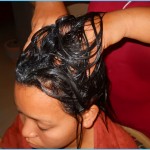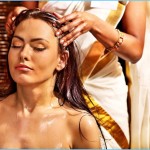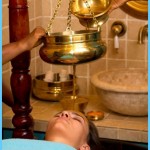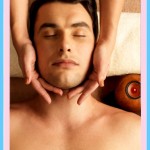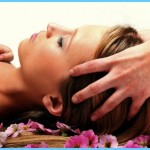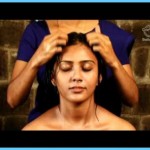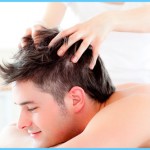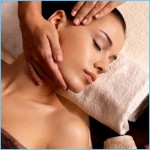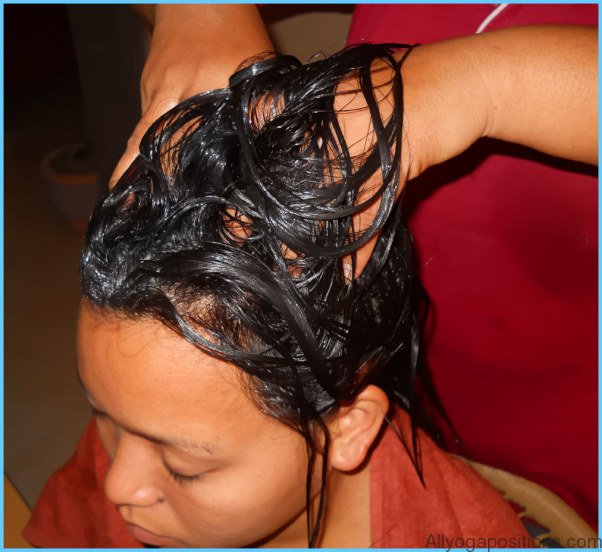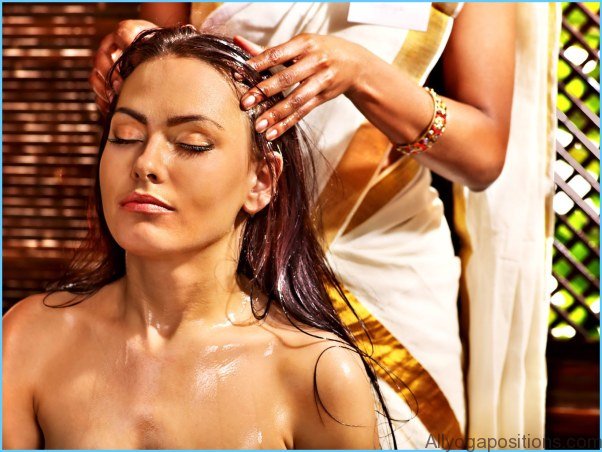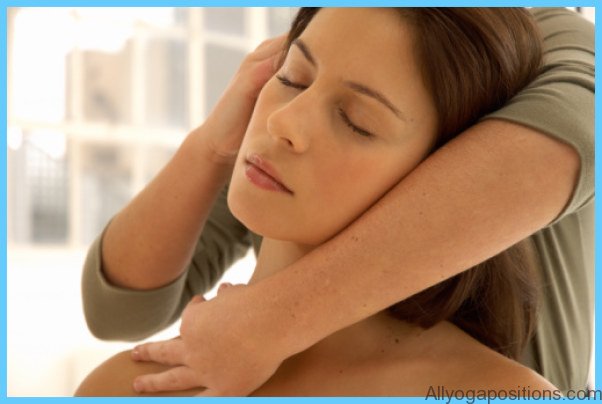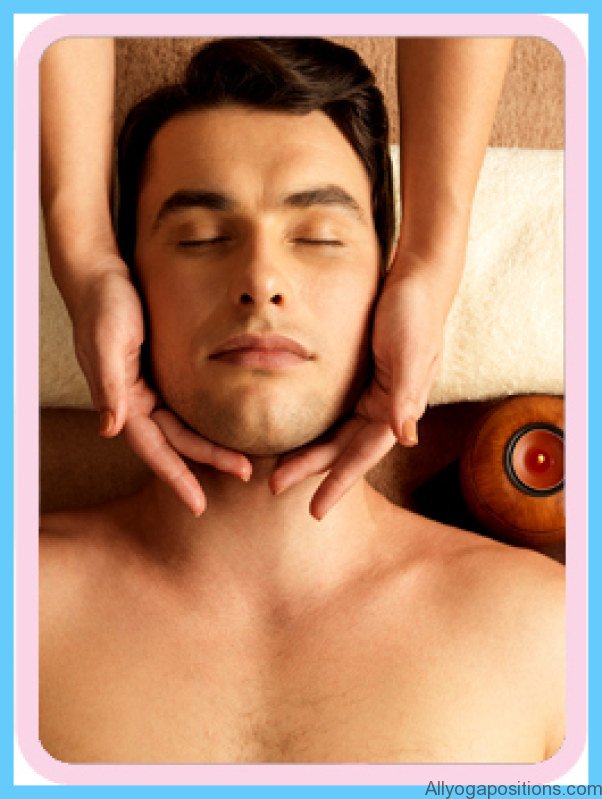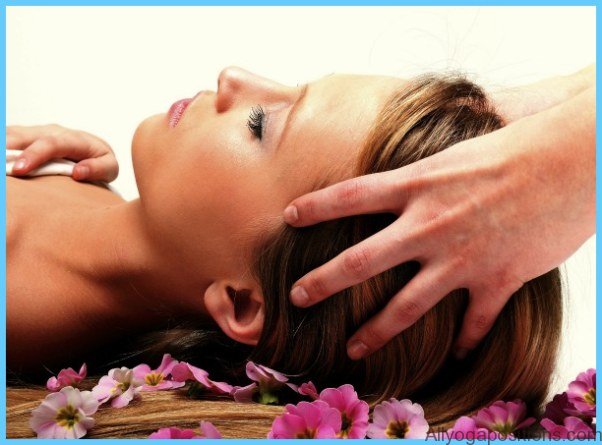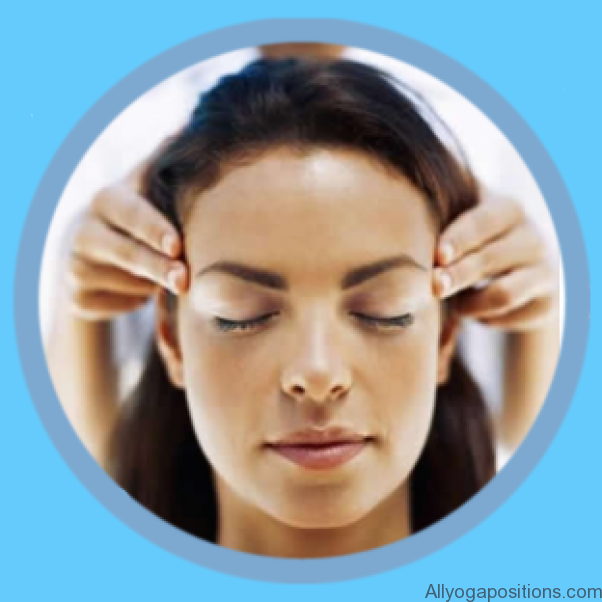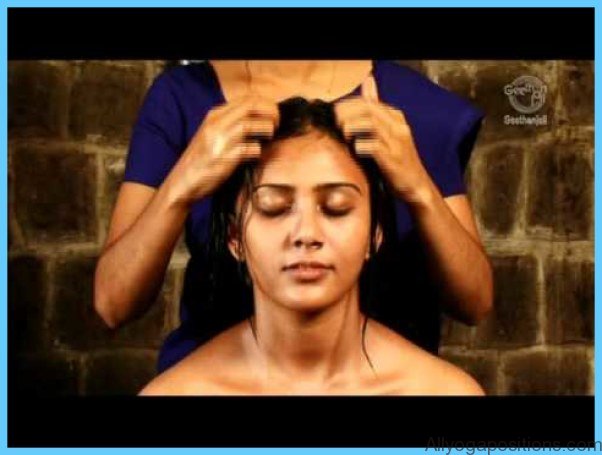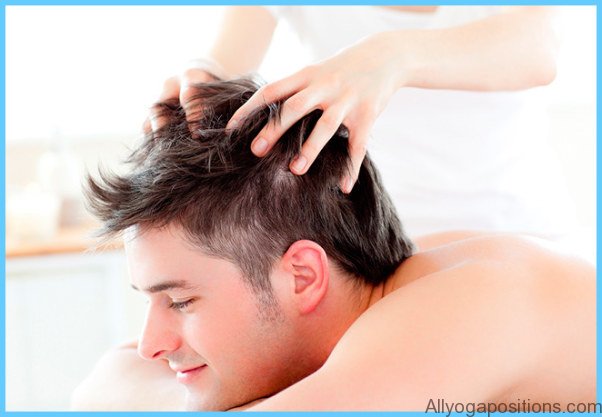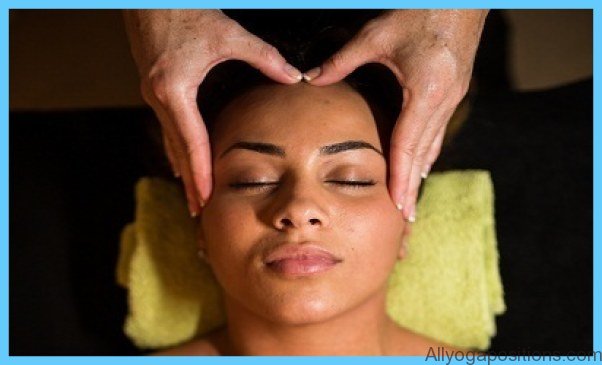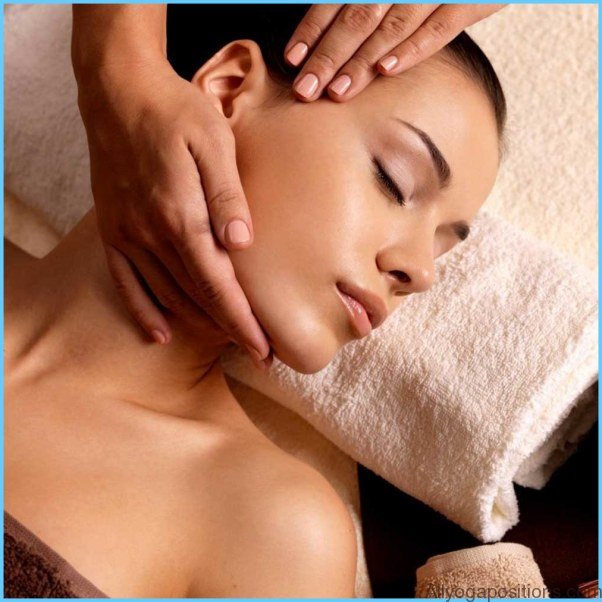Ayurveda
The Vedas were inspired by Divine communication received during meditation
The word ‘ayur-veda’ is Sanskrit and means ‘life knowledge’, the science and wisdom of life. In traditional Ayurveda there was no distinction between physician and priest and good health was seen as an integral part of spiritual life. This ancient healing system is based on the principle that health is not just about the absence of disease. It is a holistic healthcare system that aims to balance mind, body and spirit and encourage the body’s natural healing abilities. Ayurveda recommends the use of diet, herbs, cleansing, yoga, meditation, massage, and chakra balancing as important practices of a holistic lifestyle because when life is lived well, longevity usually follows.
Ayurvedic texts describe the science of massage using marma points – vulnerable or sensitive zones on the body, used for diagnosis and treatment of disease as well as promoting health and longevity. These are similar to points used in Chinese acupuncture but extend to larger areas of the body and include vital organs like the heart as well as bones and joints.
Ayurvedic Face Massage or Indian Head Massage Photo Gallery
People from many countries visited India’s Ayurvedic schools to study its medicine and it is thought that knowledge of Ayurveda spread out from India to influence the ancient Chinese medical system and other forms of medicine. For this reason, Ayurveda is often referred to as the ‘Mother of all Healing’. In the sixteenth century, Paracelsus, known as the father of modern Western medicine, developed a system of medicine that was greatly influenced by Ayurveda. Ayurvedic texts were translated into Arabic and were frequently quoted by Avicenna, one of the most outstanding Arab physicians (980-1037).
Ayurveda went through a period of decline in India when Western medicine became dominant during the era of British rule. It became a second-class option, used mainly by traditional spiritual practitioners and the poor. After India gained its independence in 1947, Ayurveda regained its popularity. Today there are more than five hundred Ayurvedic companies and hospitals and several hundred schools of Ayurvedic medicine. Although it still remains a secondary system of healthcare in India, the trend toward complementary healthcare is increasing and Western and Ayurvedic physicians often work side by side.
Interest in Ayurveda in the West began in the mid 1970s as teachers from India began visiting the United States and Europe. By sharing their knowledge they have inspired a vast movement toward body-mind-spirit medicine. Today Ayurvedic colleges are opening throughout Europe, Australia, and the United States and Ayurveda has again become a respected and widely used system of healing in India and around the globe.
Massage
It is generally thought the word massage is derived from the Arabic ‘mass’ or ‘mash’, meaning to press softly. In Greek it means ‘to knead’, and in Sanskrit it is called ‘masch’. Massage has been recorded in various forms for over 5000 years, with the earliest records from China dating back to 3000 BC. Archaeologists in Egypt discovered tomb paintings showing images of people being massaged. The famous Greek physician Hippocrates (460-377 BC), who is regarded as the ‘Father of Medicine’, described massage as ‘the art of rubbing’. He recommended that massage using oils should be taken daily after a perfumed bath. Today, we instinctively rub or hold a painful muscle to bring about relief just as early man did.
Massage was used extensively by great kings and rulers to treat bodily ailments. Julius Caesar (100-44 BC) had daily massage to treat trigeminal neuralgia, an intense pain in the facial nerve.
Dr. Ambrose Pare (1517-1590), a physician to four French kings, used massage in his practice and is reported to have restored the Julius Caesar received massage to treat neuralgia health of Mary Queen of Scots by the use of massage alone!

